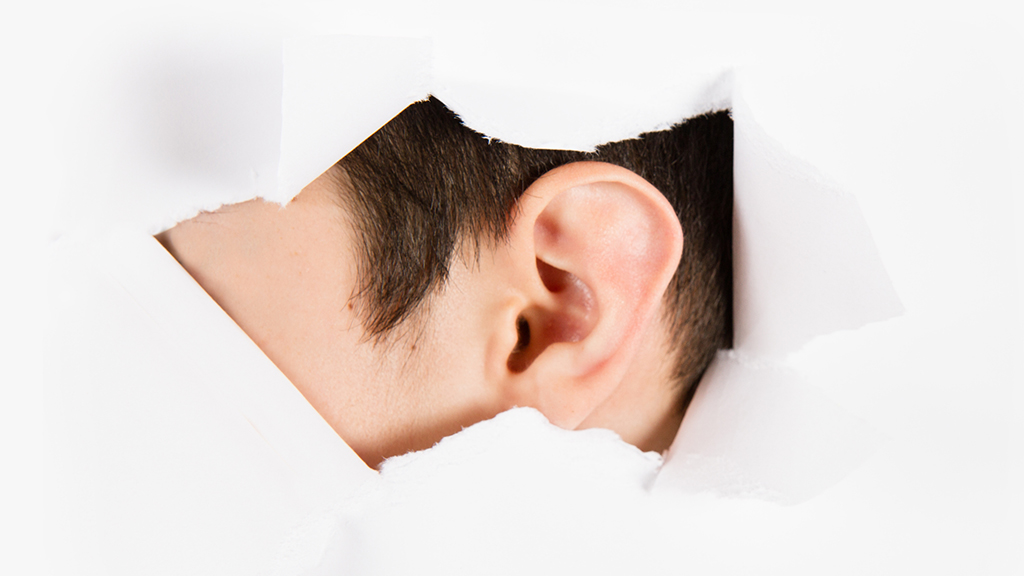Abstract
This interrupted case study follows the progress of Julius, a singer in a rock band who suffers from severe headaches and pressure in his ears. While visiting his doctor he loses his balance and hits his head as he collapses to the floor. Julius recovers enough to realize that he has lost his hearing and is then taken to the hospital. The story is further developed in order to guide students in exploring the anatomy of the inner ear, the roles of perilymph and endolymph, and the effect of Meniere's disease on the ability to hear. The case has been used in one-semester courses in animal physiology and neurobiology, but could also be used in an anatomy and physiology course. The case is best delivered when covering the topics of hearing and balance, and could easily be expanded to review membrane potentials, action potentials, concentration gradients, types of channels, influence of blood pressure on filtration/reabsorption dynamics at capillaries, etc.



